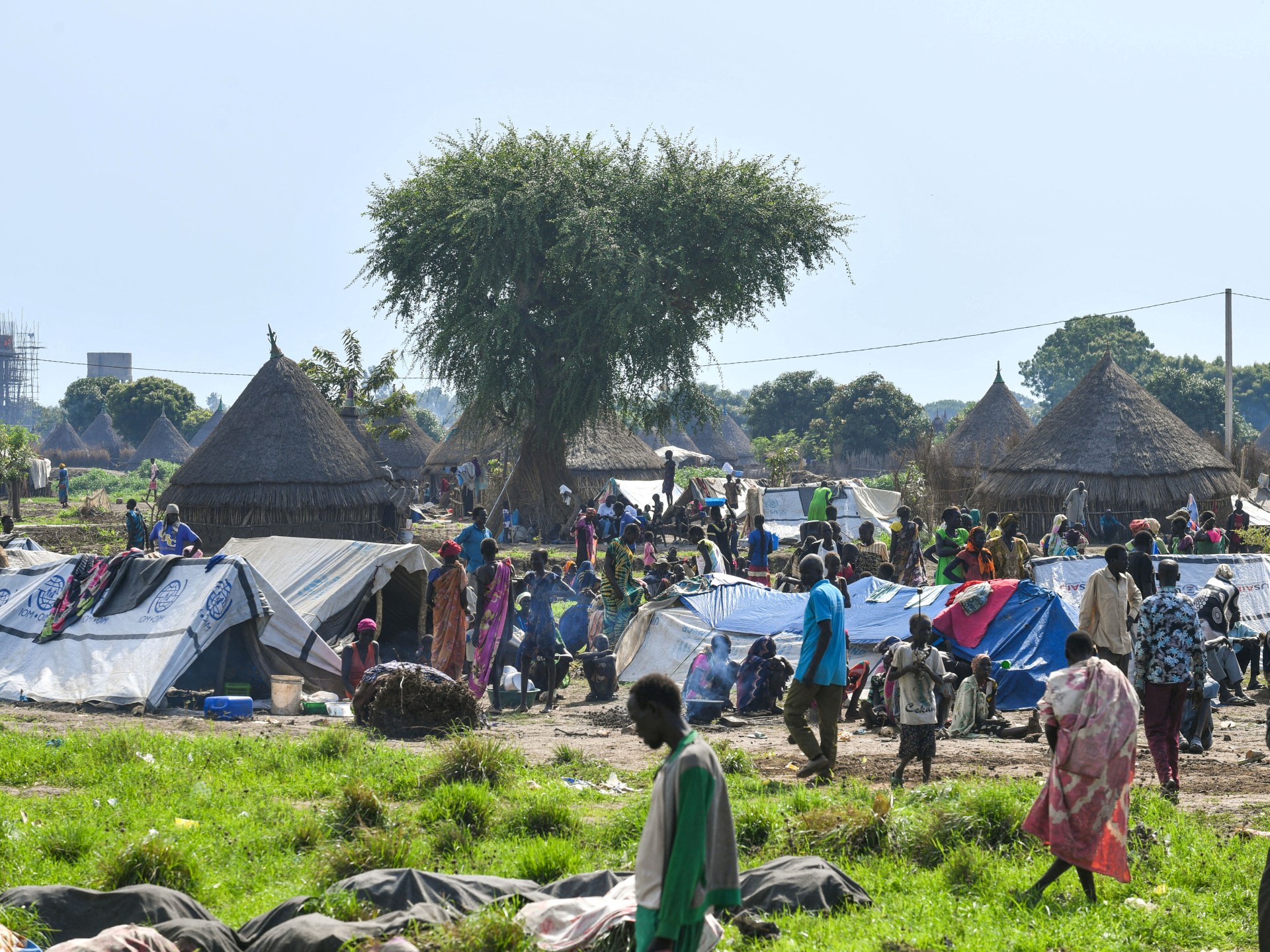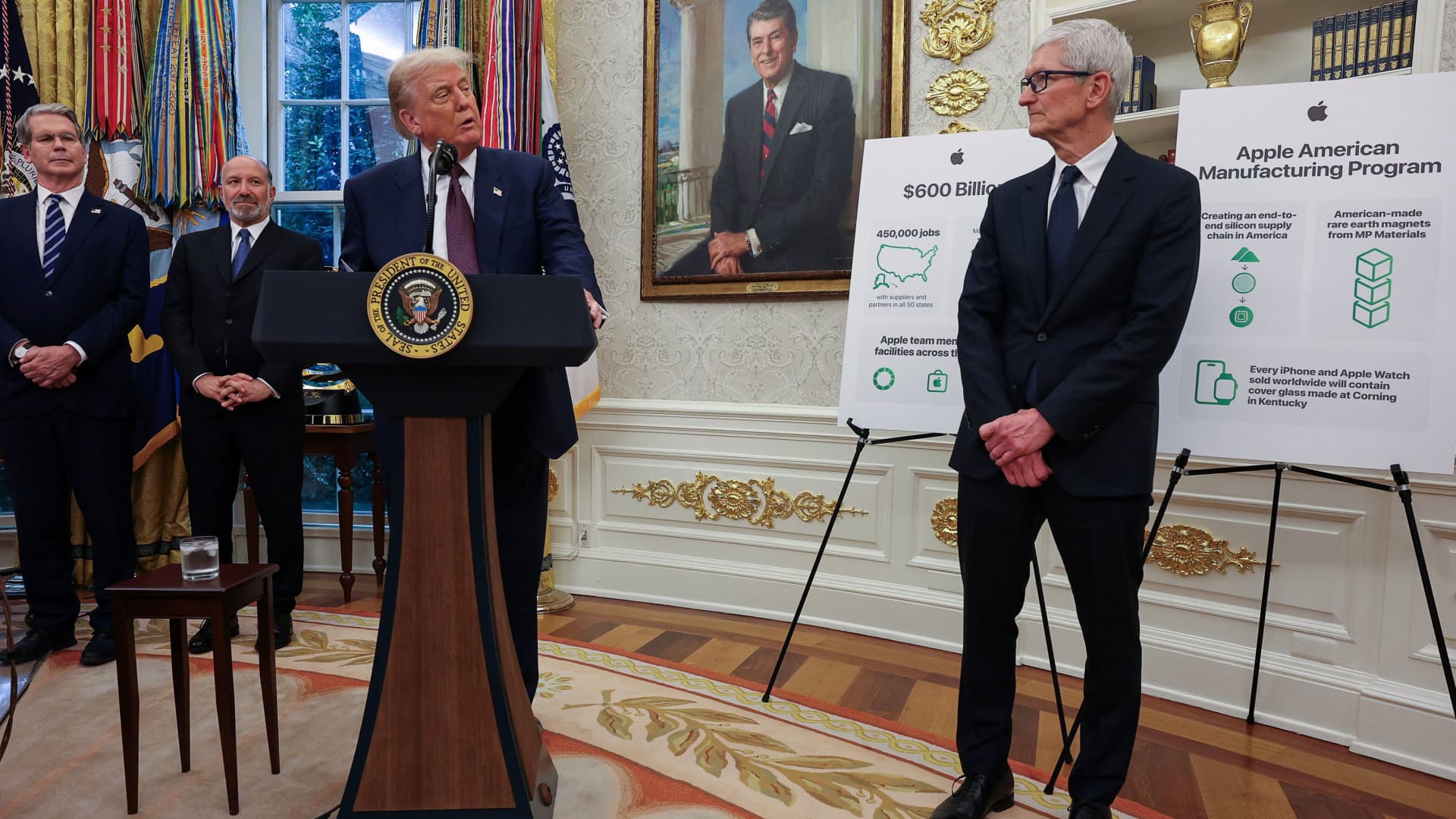United States health officials are urging travellers to remain vigilant as a mosquito-borne virus continues to circulate across parts of Asia, Africa, Europe, Latin America and the Indian Ocean.
Since the beginning of 2025, there have been approximately 240,000 chikungunya virus infections and 90 deaths in 16 countries, according to the European Centre for Disease Prevention and Control (ECDC).
In China, an outbreak has infected roughly 7,000 people since late June, with most cases concentrated in the city of Foshan, in Guangdong province, just north of Hong Kong. This marks the country’s largest chikungunya outbreak since the virus was first identified there in 2008.
Here is what we know about the disease and how it is spreading.
What is the chikungunya virus?
Chikungunya is a viral disease that is spread through the bite of infected Aedes aegypti mosquitoes. These mosquitoes also carry and spread dengue, yellow fever and the Zika virus.
The name, chikungunya, derives from a word in the Kimakonde language, spoken in Tanzania and Mozambique, meaning “to become contorted”.
In most cases, patients will feel better within a week. In many cases, however, the joint pain can last for months or even years.
There is no cure for the chikungunya virus, but deaths are rare. If an infected mosquito bites a healthy human, it injects the virus into the bloodstream.
People most at risk of serious illness from chikungunya include newborns, older adults and those with existing health problems such as heart disease or diabetes.
There is no cure for the chikungunya virus, but the death rate is low, except in high-risk populations.
If an infected mosquito bites a healthy human, it injects the virus into the bloodstream. If a non-infected mosquito bites a person who is already infected, it sucks the virus from that person’s blood and becomes a carrier capable of transmitting the virus to others through bites.

How bad is the current spread of the virus?
According to the World Health Organization (WHO), the current surge in cases began in early 2025, with major outbreaks in Indian Ocean Islands, including La Reunion, Mayotte and Mauritius.
In La Reunion, more than 47,500 cases of chikungunya and 12 associated deaths were reported up to May 2025, with sustained high transmission across the island, according to the WHO. The ECDC also reports that as of July 18, there were more than 54,000 cases reported from La Reunion.
This is now the most serious chikungunya outbreak in La Reunion since the 2005–2006 epidemic, which saw an estimated 244,000 to more than 300,000 cases, and prompted large-scale public health efforts to control mosquito breeding and limit transmission.
The virus has also spread to other countries, including Madagascar, Somalia and Kenya, and has shown signs of epidemic-level transmission in parts of Southeast Asia, as well as India, where financial capital Mumbai has seen a surge in cases since July.
The WHO has also raised concerns about the rising number of imported chikungunya cases in Europe. Since May 1, about 800 imported cases have been reported in mainland France.
According to the ECDC, the Americas as a region have reported the highest number of chikungunya cases globally. As of mid-July 2025, the countries with the most cases in the region include Brazil (185,553), Bolivia (4,721), Argentina (2,836) and Peru (55).
In China, infections have been reported in at least 12 cities across southern Guangdong province, in addition to Foshan.
Chinese authorities said that an “imported case triggered local transmission” in July, but did not specify where the infection originated. According to experts, rising global temperatures have led to warmer and wetter weather, allowing mosquitoes to thrive.
Separately, on Saturday, Hong Kong confirmed its first case of chikungunya: a 12-year-old boy who developed a fever, rash and joint pain since July 31, after visiting Foshan. This was the territory’s first case of the virus in six years.

How are China and other countries fighting the spread?
According to a Bloomberg news report, China has promised to take swift and decisive action to contain the spread of the chikungunya virus.
Drones are being used to find places where mosquitoes are breeding. At the same time, scientists are releasing large “elephant mosquitoes” – about 2cm (0.8 inches) long – whose larvae eat the smaller mosquitoes that spread the virus. Health experts hope these mosquito helpers will play an important role in stopping the outbreak.
According to a report by the BBC, residents of affected areas in China have been ordered to eliminate standing water in and around their homes – including in flowerpots, coffee machines and empty bottles. Noncompliance may result in fines of up to 10,000 yuan (approximately $1,400), and in more serious cases, people could face criminal charges for “obstructing the prevention of infectious diseases”.
Citing local sources, The New York Times said that in some instances, infected residents in Foshan are being moved to “quarantine wards”, where they are kept behind mosquito nets and screens. Some patients also say they were given no choice but to seek treatment at their own expense.
In other places, such as La Reunion and Mayotte, authorities have also launched enhanced surveillance, mosquito control initiatives and targeted vaccination efforts.
The Basque Country in Spain activated preventive protocols after a case was detected in Hendaye, just across the border in France. The protocols include increased surveillance in border towns and encouraging people to make reports through apps such as Mosquito Alert.
How can chikungunya be prevented and treated?
Health authorities advise protecting oneself against mosquito bites as the most effective strategy against the spread of chikungunya.
This may involve wearing long sleeves and trousers, applying mosquito repellents, removing bodies of standing water where mosquitoes can breed, and staying in closed, air-conditioned spaces indoors or behind mosquito netting when outdoors.
While there are no specific medicines to treat the virus, rest, fluids and pain relievers may help alleviate symptoms, according to the US Centers for Disease Control and Prevention (CDC).
However, some pain relievers may be unsafe during a suspected infection. The CDC recommends avoiding non-steroidal anti-inflammatory drugs (NSAIDs) until dengue is ruled out, as they can raise the risk of bleeding.




Leave a Comment